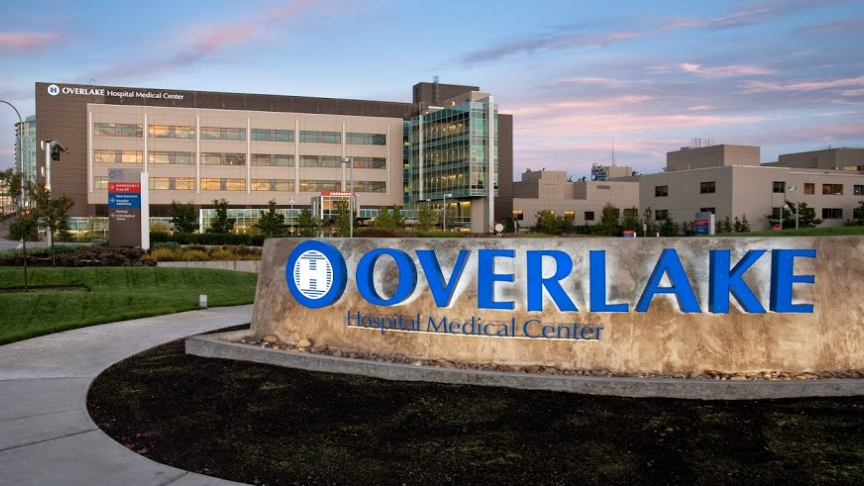With various federal (FFCRA and EFMLA), state and local paid sick leave available to employees, it is important to understand these options as employees return to the workforce. What may be more important are the things for employers NOT to do if an employee reports they are sick or may have been exposed to someone with COVID-19.
1. Forget to offer leave
In most instances, the burden falls on employer to offer leave options. If you are an employer with fewer than 500 employees, the employee must be told about the provisions of the Families First Coronavirus Response Act (FFCRA).
Washington state has their own Paid Family & Medical Leave. While the employer’s do not have to worry about managing this program, they do need to inform employees the benefits which may be available.
Other areas like Oregon and Seattle require many employers to offer Sick Time benefits. If the benefit is offered, the employer must ask the employee if they want to use this benefit for the time off. This is known as a ‘protected benefit’ meaning the employee can elect to use the sick time benefit or not. This can be complicated if the employer has one PTO ‘bucket’ for Sick, Vacation, Bereavement, etc. as Sick Time is protected, and the other benefits are not.
2. Forcing employees to use FFCRA
Employers may want to have employees use FFCRA because of the tax credit provided to the employer, but it is up to the employee to make the decision. Because FFCRA provides 80 hours of benefit to care for themselves or another person, they may want to wait to use this benefit later because they have a family member who is high risk and they want this option available. It is important to let employees know FFCRA is only available until December 31, 2020 unless there is a change in legislation.
3. Requiring a doctor’s note
It depends. For your employee to take leave under the FFCRA, you may require the employee to identify his or her symptoms and a date for a test or doctor’s appointment. You may not, however, require the employee to provide further documentation or similar certification which he or she sought a diagnosis or treatment from a health care provider for the employee to use paid sick leave for COVID-19 related symptoms. The minimal documentation required to take this leave is intentional so that employees with COVID-19 symptoms may take leave and slow the spread of COVID-19. [DOL]
In Oregon, employers may ask for a doctor’s note if the employee takes more than three consecutively schedule workdays of sick time or the need for sick time is foreseeable and is projected to last more than three consecutively schedule workdays. This is often the case if being quarantined because of COVID-19 conditions. However, the employer is required to pay any associated costs for providing medical verification or certification, including lost wages that are not paid under a health benefit plan in which the employee is enrolled. This important point is to be consistent with the policy for all employees.
4. Inadequate leave tracking
Just as important as letting the employee know which benefits are available to them, once an employee uses a leave benefit, it must be tracked in the appropriate category. This is especially necessary if the employer plans to request the tax credit under FFCRA. The FFCRA tax credits can be used to offset the amount an employer owes in federal employment taxes on a quarterly basis. If the tax credit exceeds what an employer owes for that quarter, the employer can request a payment for the balance of the tax credit by submitting IRS Form 7200.
Need help tracking leave benefits?
Time Equipment Company offers Leave Management with its Time and Attendance software. Many administrative tasks, like tracking hours worked, calculating sick leave pay rules, and tallying and reporting accrual and available balances can be easily automated. Both employers and employees can see their balances for the various leave benefits and make requests to their supervisor for available time off. Approve requests are tracked on the schedule, time card and payroll all with the click of one button. These balances can be migrated to your payroll provider to maintain accurate records and compliance.
For more information about Leave Management, contact Time Equipment Company at 800-997-8463 or sales@timeequipment.com.
*This document simplifies complex Acts as it is understood by Time Equipment Company. It is not to be taken as legal advice. The regulations for this program are changing. For further information about FFCRA, please visit www.dol.gov.










